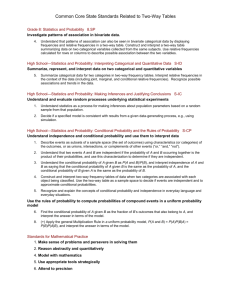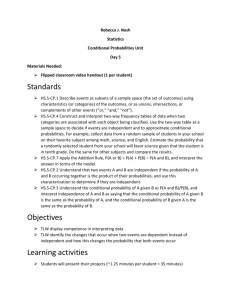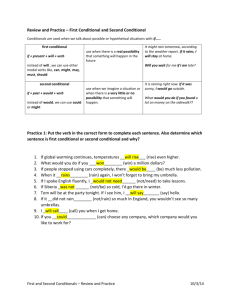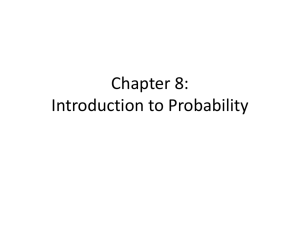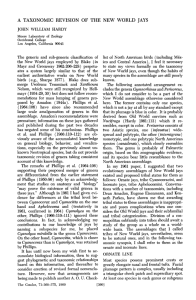Conditional Probability
advertisement
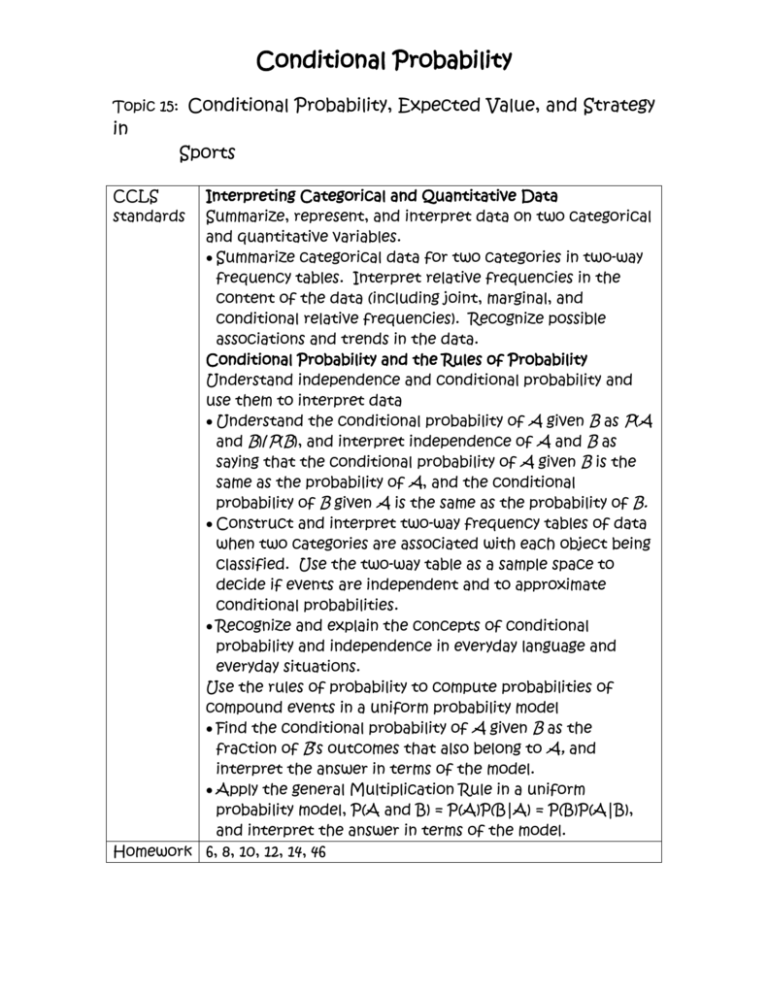
Conditional Probability Topic 15: Conditional Probability, Expected Value, and Strategy in Sports CCLS standards Interpreting Categorical and Quantitative Data Summarize, represent, and interpret data on two categorical and quantitative variables. Summarize categorical data for two categories in two-way frequency tables. Interpret relative frequencies in the content of the data (including joint, marginal, and conditional relative frequencies). Recognize possible associations and trends in the data. Conditional Probability and the Rules of Probability Understand independence and conditional probability and use them to interpret data Understand the conditional probability of A given B as P(A and B)/P(B), and interpret independence of A and B as saying that the conditional probability of A given B is the same as the probability of A, and the conditional probability of B given A is the same as the probability of B. Construct and interpret two-way frequency tables of data when two categories are associated with each object being classified. Use the two-way table as a sample space to decide if events are independent and to approximate conditional probabilities. Recognize and explain the concepts of conditional probability and independence in everyday language and everyday situations. Use the rules of probability to compute probabilities of compound events in a uniform probability model Find the conditional probability of A given B as the fraction of B’s outcomes that also belong to A, and interpret the answer in terms of the model. Apply the general Multiplication Rule in a uniform probability model, P(A and B) = P(A)P(B|A) = P(B)P(A|B), and interpret the answer in terms of the model. Homework 6, 8, 10, 12, 14, 46 Conditional Probability Conditional Probability Name: ________________________________ Probability & Statistics 1. Date: ____ CW/HW #71 Suppose you select an adult male at random from the United States. Which of the following probabilities is larger, P(plays in NBA | over 6 feet tall) or P(over 6 feet tall | plays in NBA)? Explain. 2. Consider the outcomes of Chicago Bulls home games and whether or not fans received a free Big Mac. Suppose that we randomly select a Bulls home game. a. What is the probability that the Bulls won the game, given that fans received a free Big Mac? b. What is the probability that fans received free Big Mac, given that the Bulls won the game? Conditional Probability 3. In 2010, Jose Bautista of the Toronto Blue Jays led the Major Leagues with 54 home runs. The table below summarizes the outcomes of the Blue Jays’ 81 home games and whether or not Bautista hit at least 1 home run in the game. Suppose that we randomly select 1 Blue Jays home game in 2010. a. What is the probability that a fan at the game saw a Blue Jays win and a Bautista home run? b. What is the probability that a fan at the game saw a Blue Jays win or a Bautista home run? c. What is the probability that a fan at the game saw a Bautista home run, given that the Blue Jays lost the game? d. What is the probability that a fan didn’t see a Bautista home run, given that the Blue Jays won the game? e. What is the probability that the Blue Jays won, given that Bautista hit a home run? f. What is the probability that the Blue Jays won, given that Bautista did not hit a home run? Conditional Probability g. Based on your answers to (e) and (f), are the events ‘Blue Jays win’ and ‘Bautista hits a home run’ independent? Explain.

